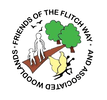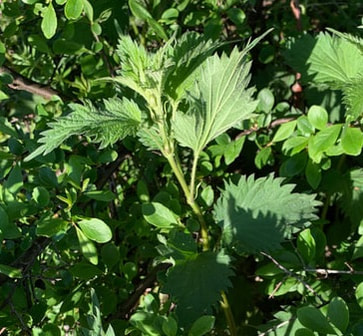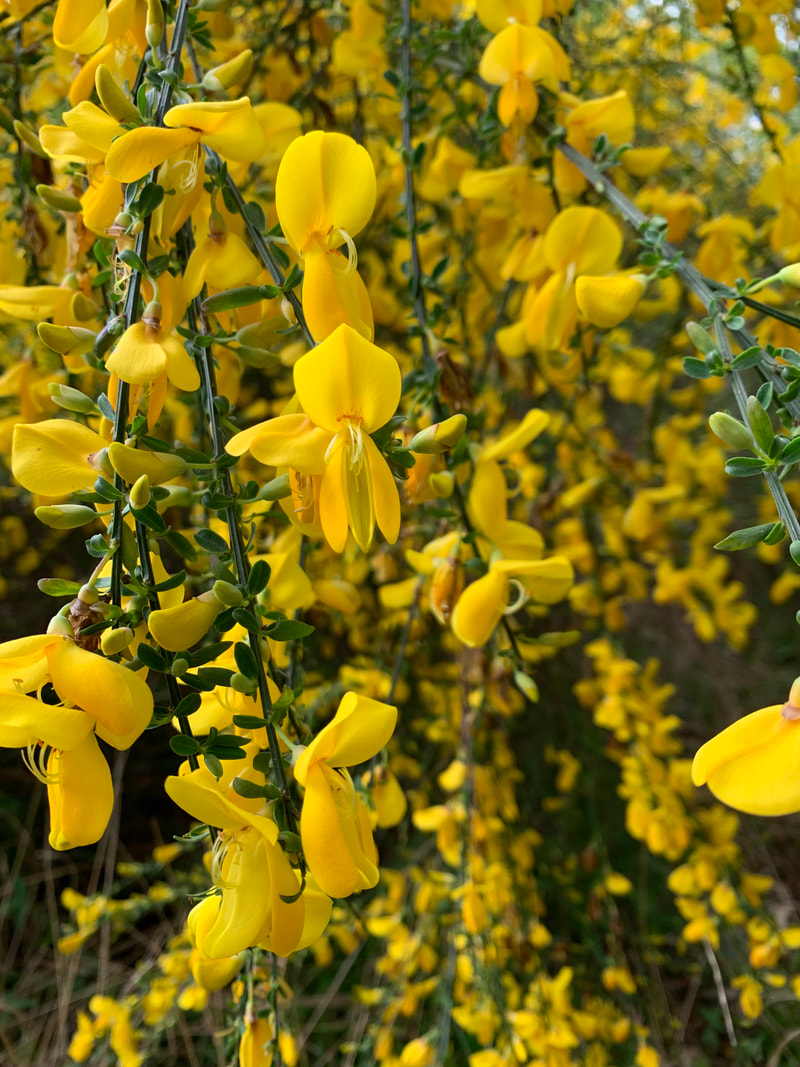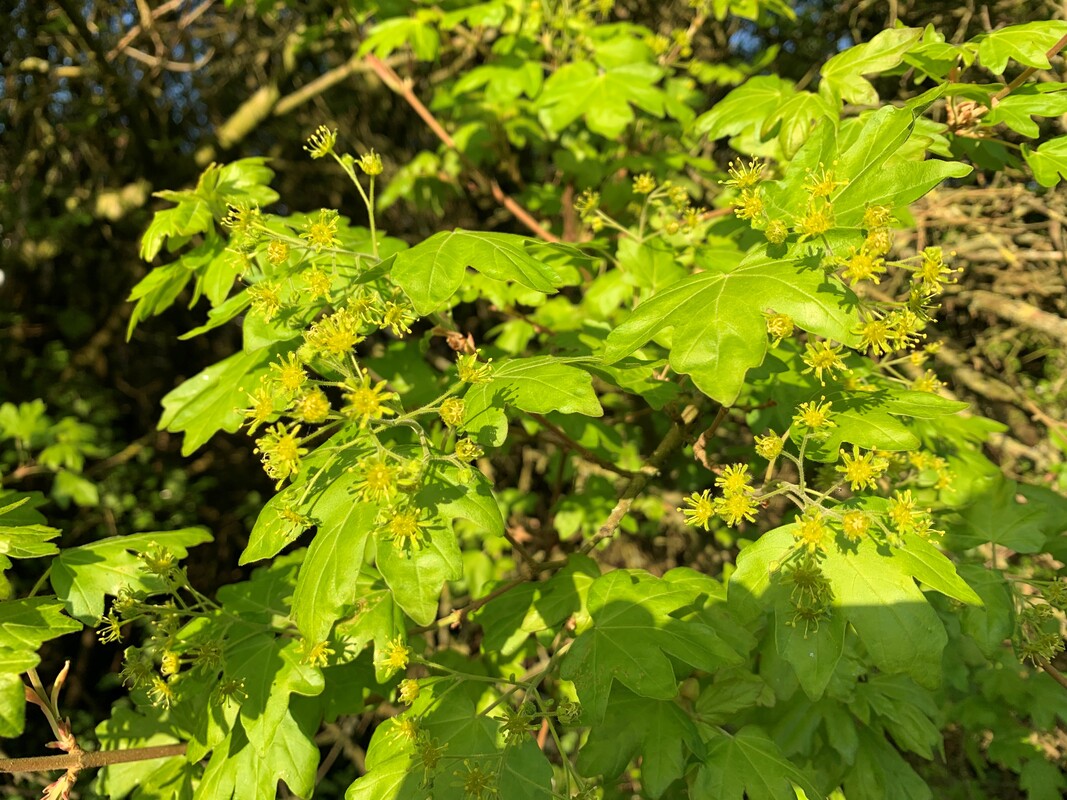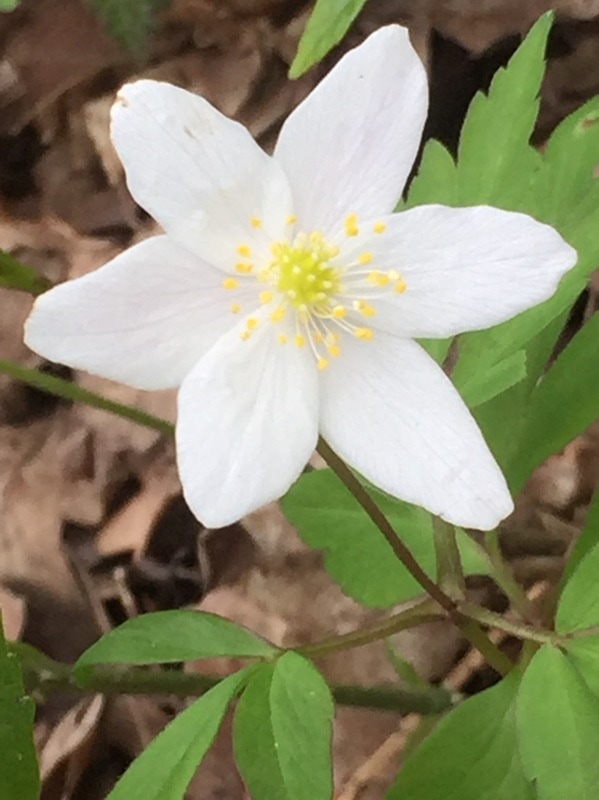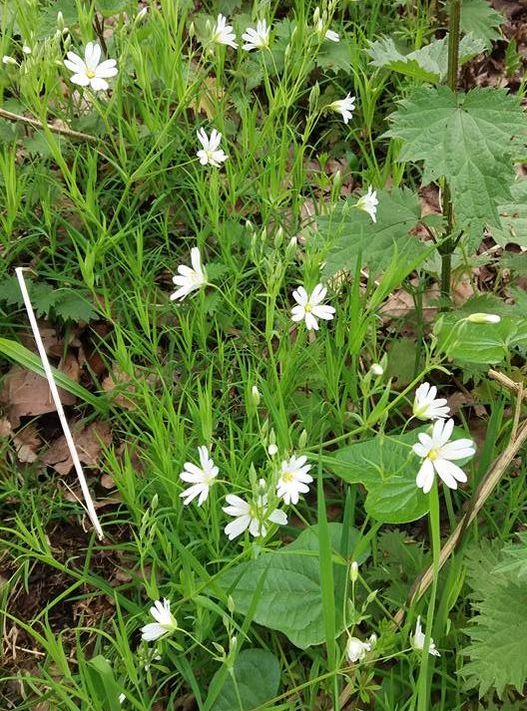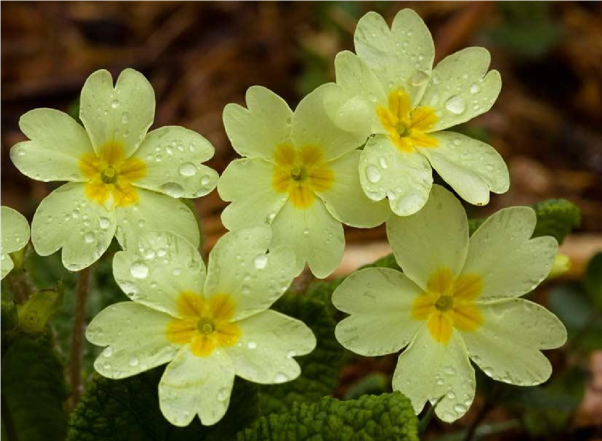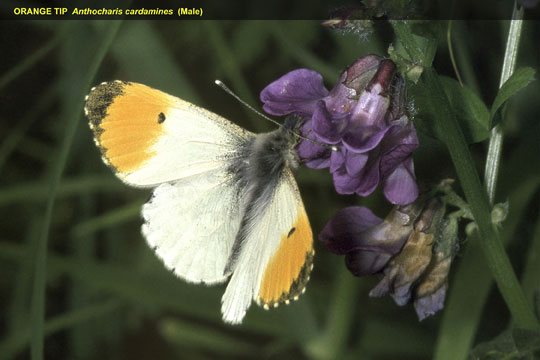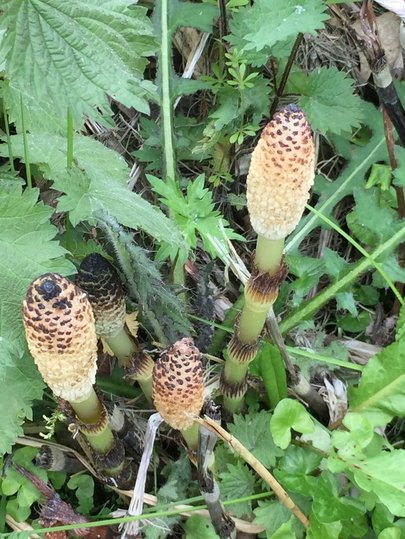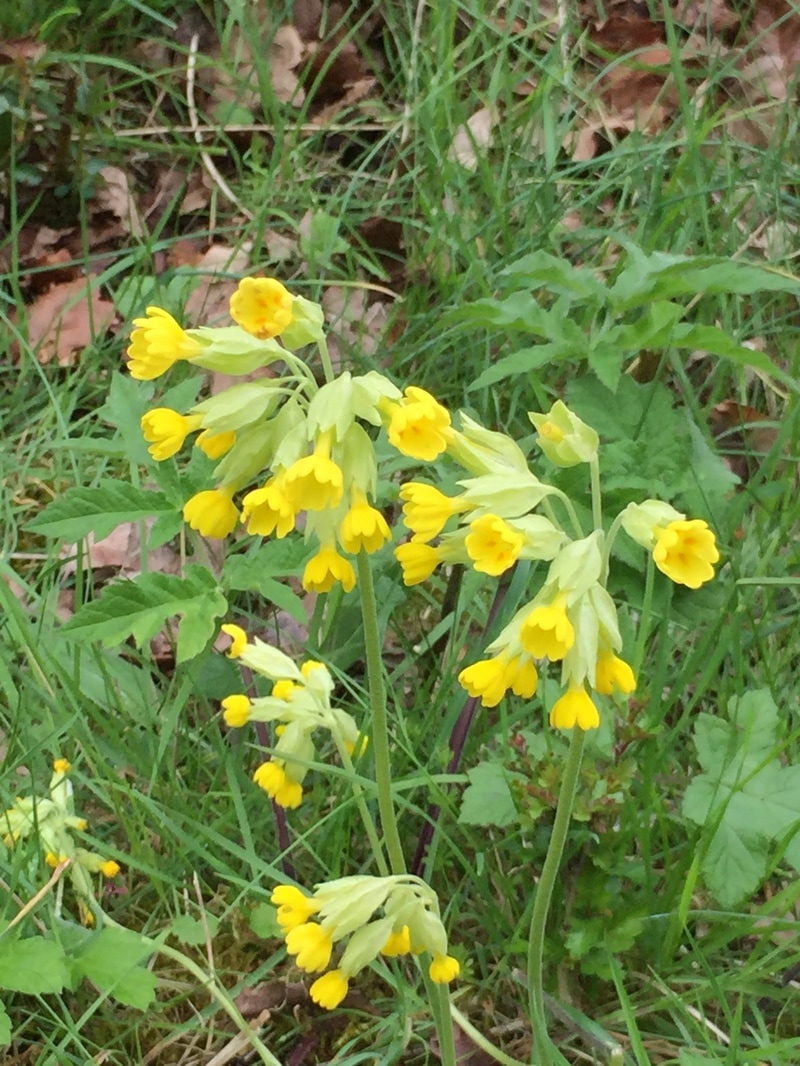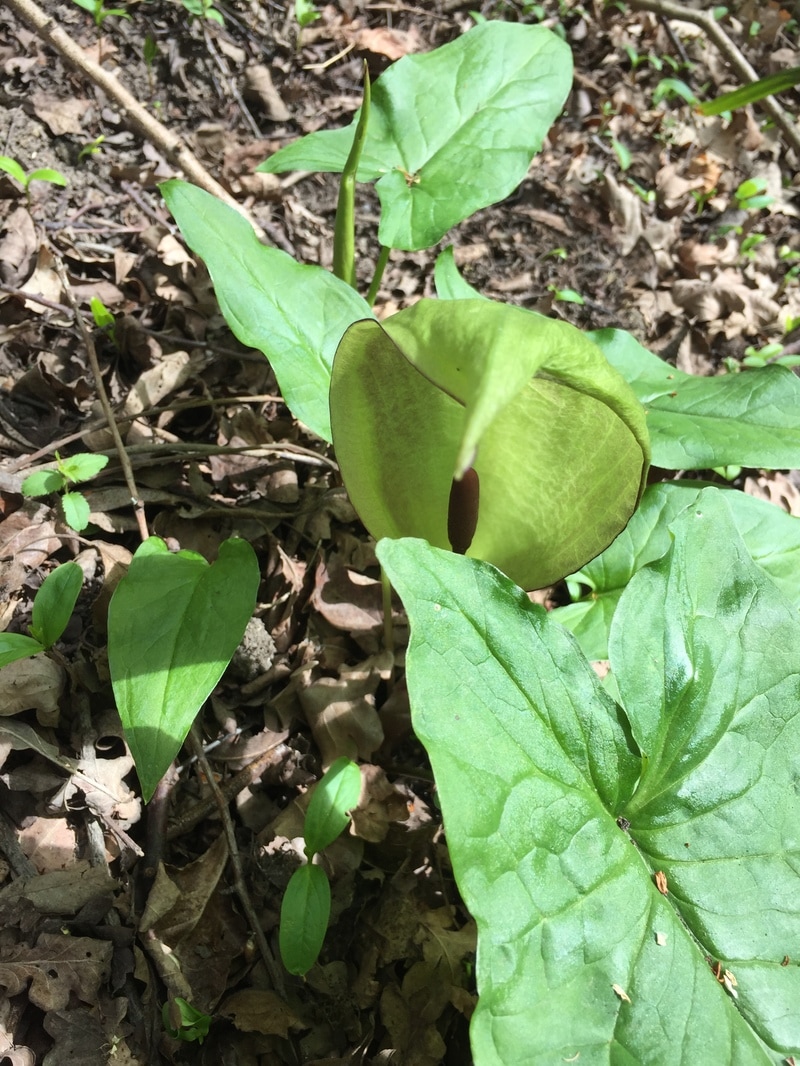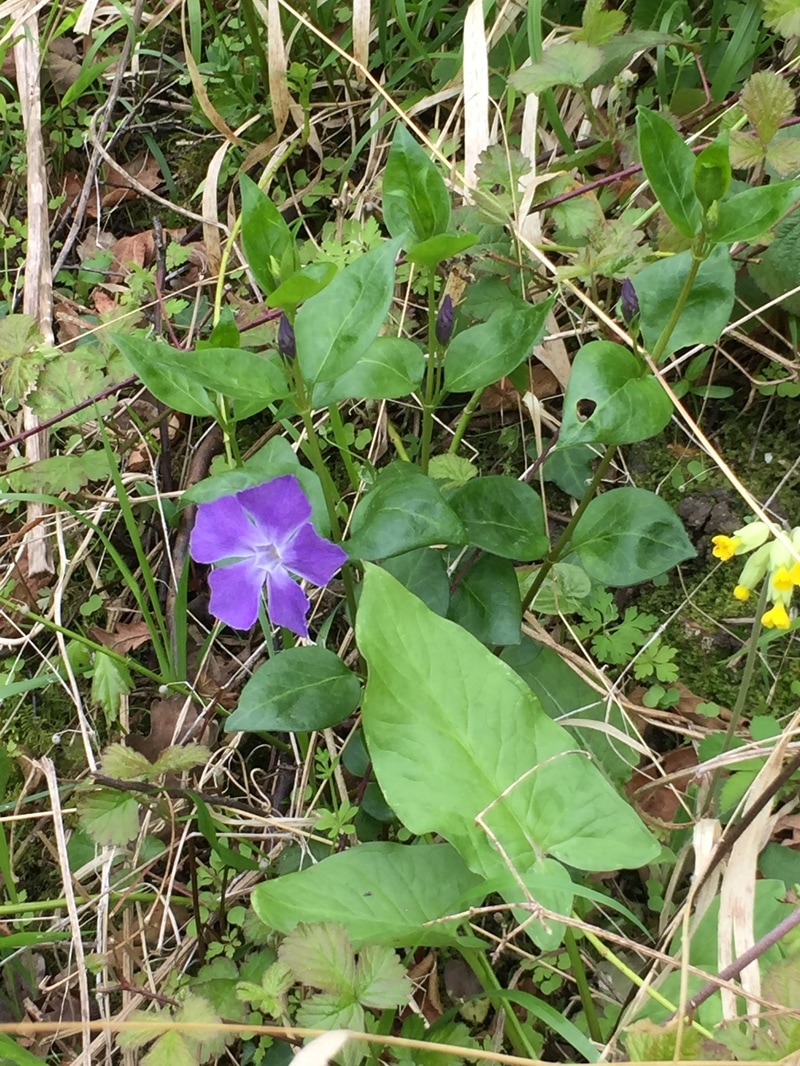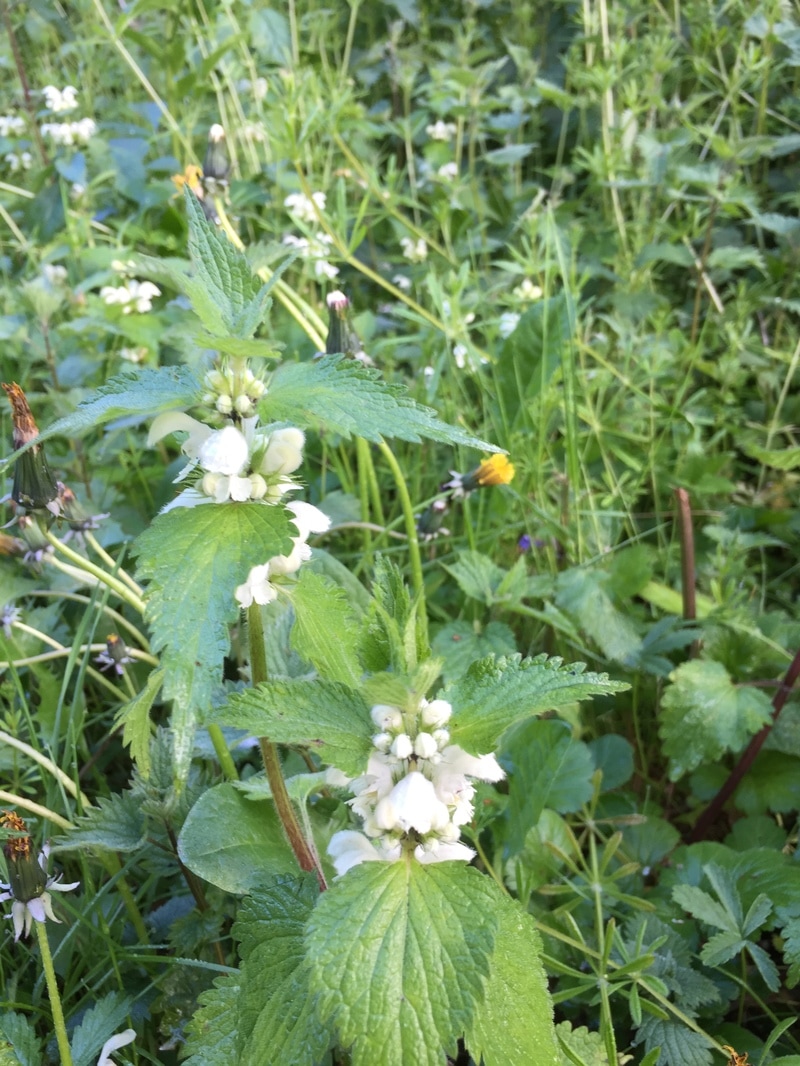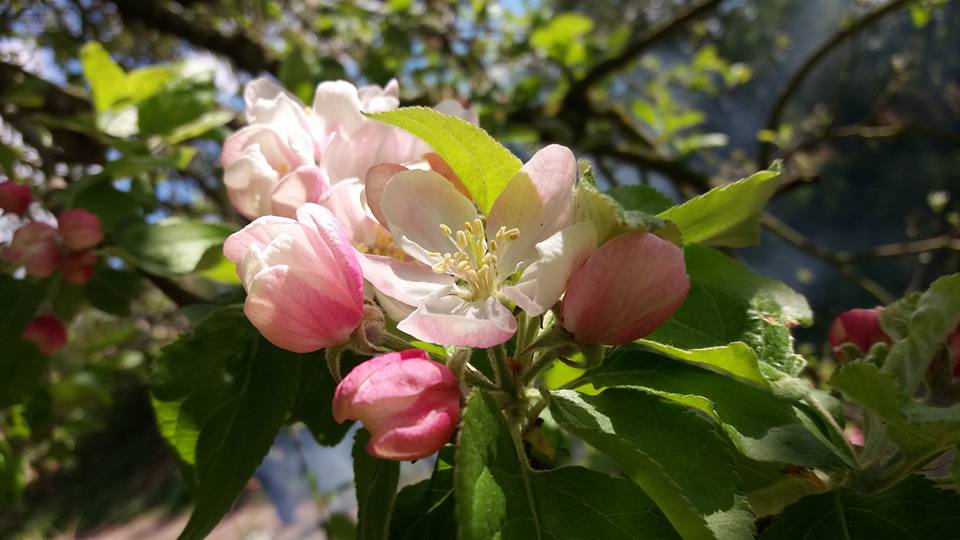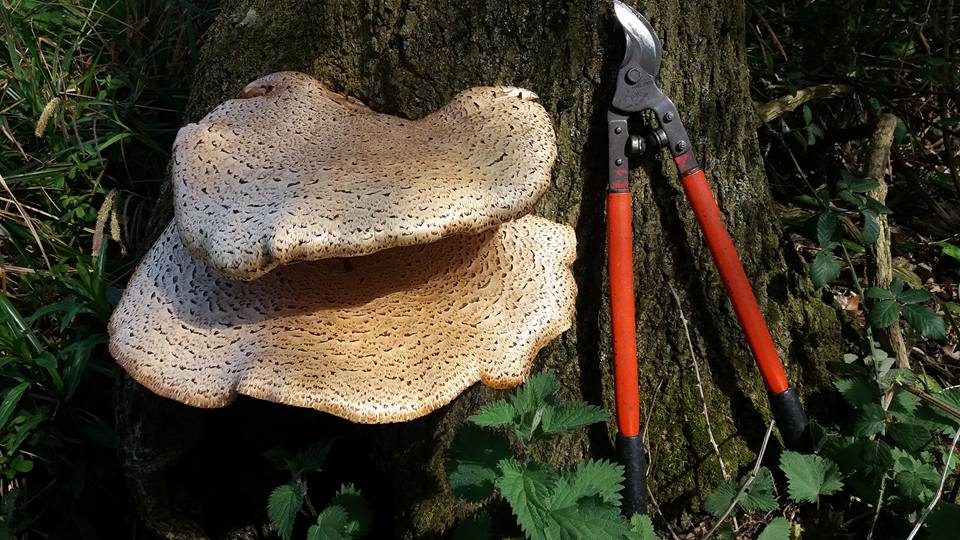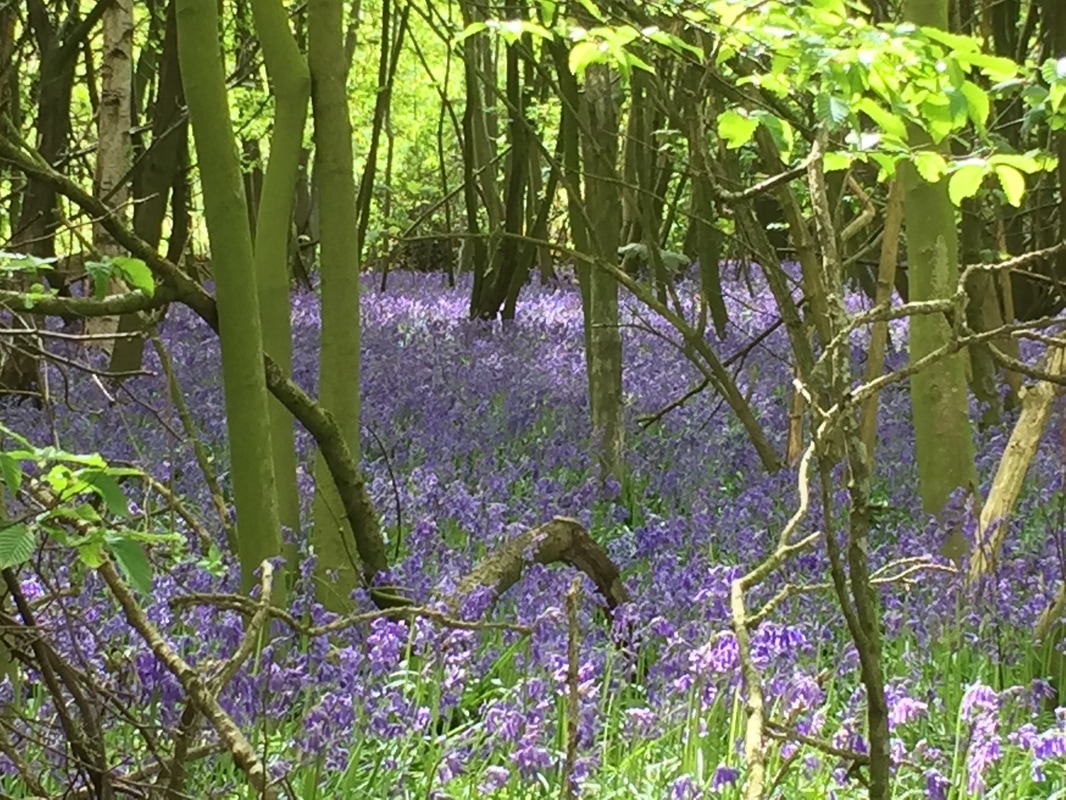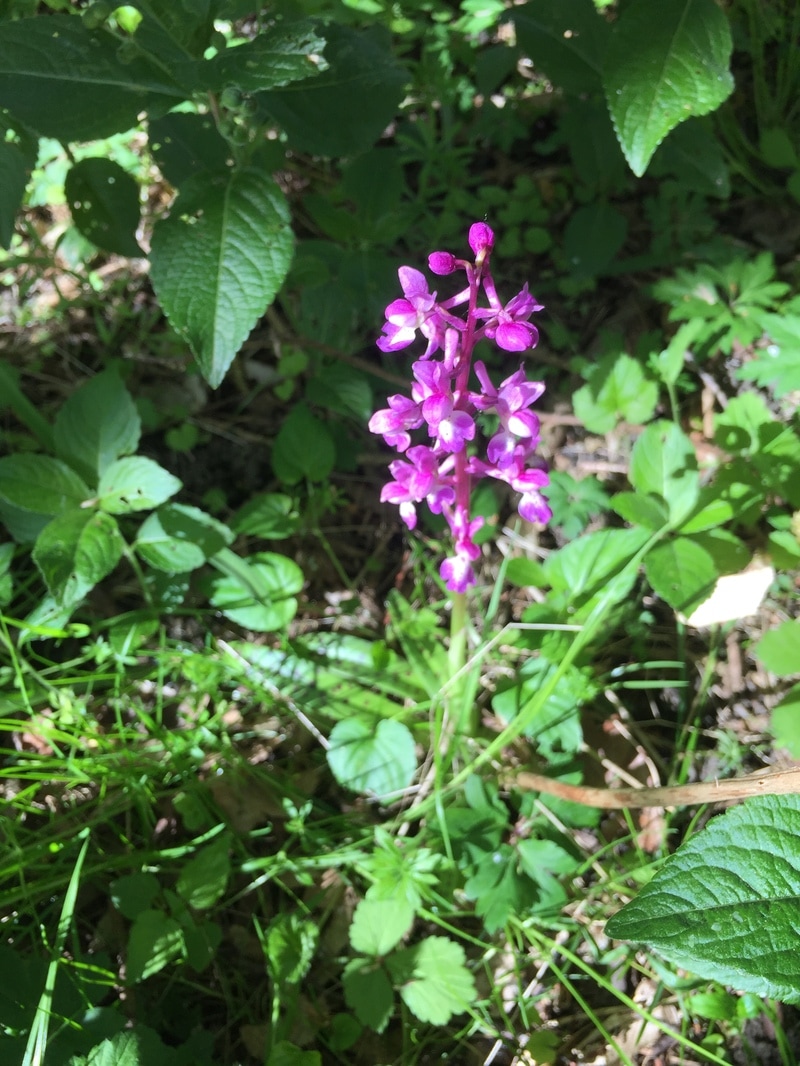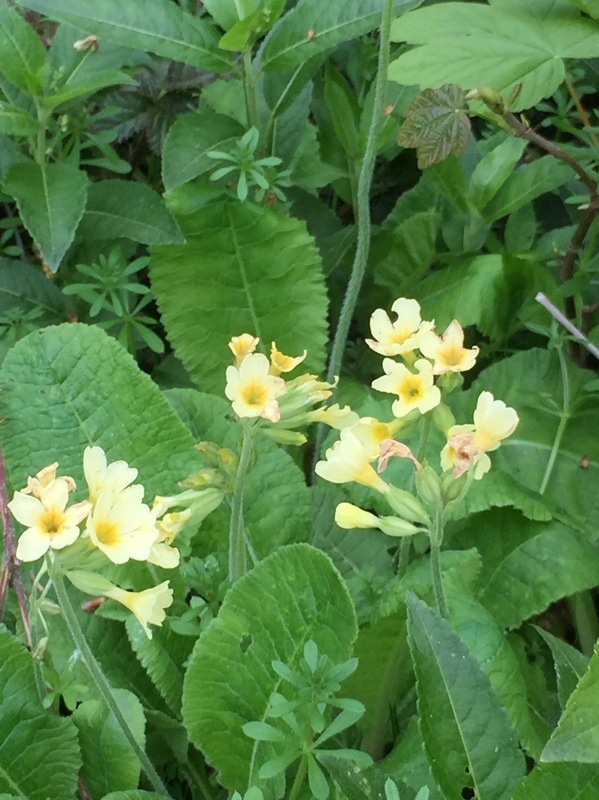Wildlife to watch in April
|
Stinging Nettle
Stinging Nettle (Urtica dioica) can be found growing almost anywhere provided there is damp fertile soil. They are often found in hedgerows, woodland and meadows. Nettles are great for wildlife and play host to the Red Admiral, Peacock, Comma and Small Tortoiseshell butterfly caterpillars. As they grow taller, Nettles can lean over paths and sting the unwary traveller with their hairs. A common remedy still used today, is to then rub the stung area with a Dock leaf. Historically, Nettles were used to treat rheumatism by urtification (flogging with nettles). The young tips can be cooked and used like spinach although they can be an acquired taste. |
|
Broom Broom has bright yellow flowers in spring and grows to a height of 2m. It looks very similar to Gorse, but Gorse is very prickly. Broom grows in hedgerows, open woodland and heathland and is often found on dry sandy soils. If you look at the flowers and buds, you can see it is a member of the pea family. In years gone by, beer was flavoured with Broom buds before the widespread use of hops, and the flowers have a vanilla scent. Historically, the stems were also cut and bound together to create a broom, hence the name. Broom is also known for its black hairy seedpods which explode with a loud crack in the sun. |
|
Field Maple The Field Maple is the UK’s only native maple and is often found growing in hedgerows. The flowers of Field Maple are hermaphrodite, meaning that both male and female reproductive parts are contained within one flower. The herbalist Culpepper recommended Maple leaves and bark to strengthen the liver. The wood is a warm, creamy-brown colour with a silky shine. Traditional uses include wood-turning and carving. The wood is also popular for making musical instruments, particularly harps. You can also make Maple syrup from the sap. |
Wood Anenome
|
Flowering in early spring, the Wood Anemone is a herald of the new season along with primroses, lesser celandine and bluebells. The small rhizomes lie dormant under the ground throughout the winter awaiting the milder weather then break forth to reveal bright green foliage then pretty, delicate flowers which bloom between March and May before they are crowded out by more dense summer foliage.
Wood Anemone is one of the Ancient Woodland Indicators and where found can suggest it has been a wooded site for over 400 years due to the flower spreading at a slow rate using its root system as most of its seeds are infertile. This is why you see so many of them carpeting the ground at Garrnetts Wood. The Romans considered wood anemones a 'lucky charm' and would pick the first flowers to appear each year to ward off fever. |
Greater Stitchwort
|
Greater Stitchwort grows in woods, roadside verges, hedgerows and grassy banks. It has many other common names including 'Wedding Cakes', 'Star-of-Bethlehem', 'Daddy's shirt-buttons' and 'Snapdragon' - the latter because its stems are brittle and easily break. At first glance they appear to have 10 petals. In fact they have 5 petals, each of which is deeply divided. It's pretty star-shaped, white flowers bloom from April to June; as the seed capsules ripen, they can be heard 'popping' in late spring. |
Primrose
|
Primroses are hardy plants, flowering throughout spring in woodland areas. They are low-growing with rough textured, tongue-like leaves and grow in a rosette. Their flowers are large and creamy with deeper yellow centres, and often appear clustered together. Primroses were highly used in folk medicines and in magical potions during the Middle Ages. Nowadays, preparations can be used to treat a variety of ailments, and the flowers and leaves can be used to manufacture wine, teas and even eaten in salads. As well as being edible for humans, the primrose plant is an important food source for the rare Duke of Burgundy butterfly. |
Orange Tip Butterfly
|
This butterfly’s name only applies to the male’s colours, who’s wings are white
with orange tips. Females have black wing tips and mottled green underwings. They are widespread, preferring damp habitats such as river and stream banks, as well as woodland glades, meadows and hedgerows. Orange-tips lay their eggs on garden plants including Honesty and Dame’s violet and the caterpillars feed on plants in the Cruciferae family, particularly Cuckooflower and Mustard. |
Go to next month's wildlife
